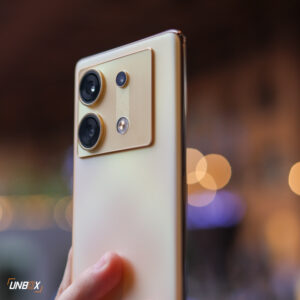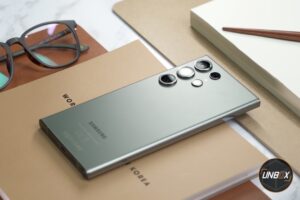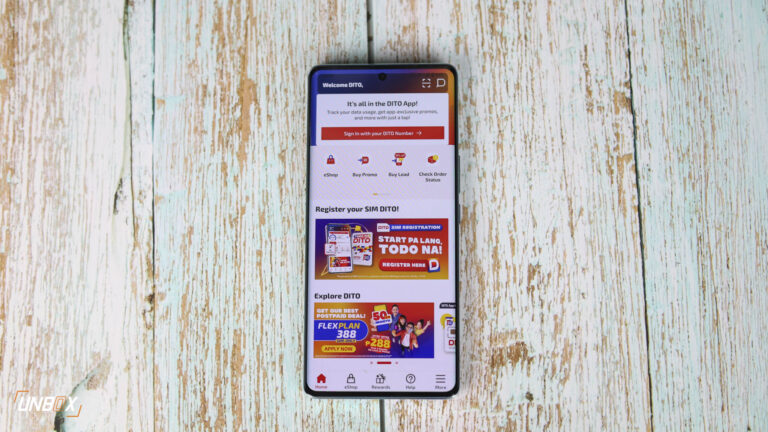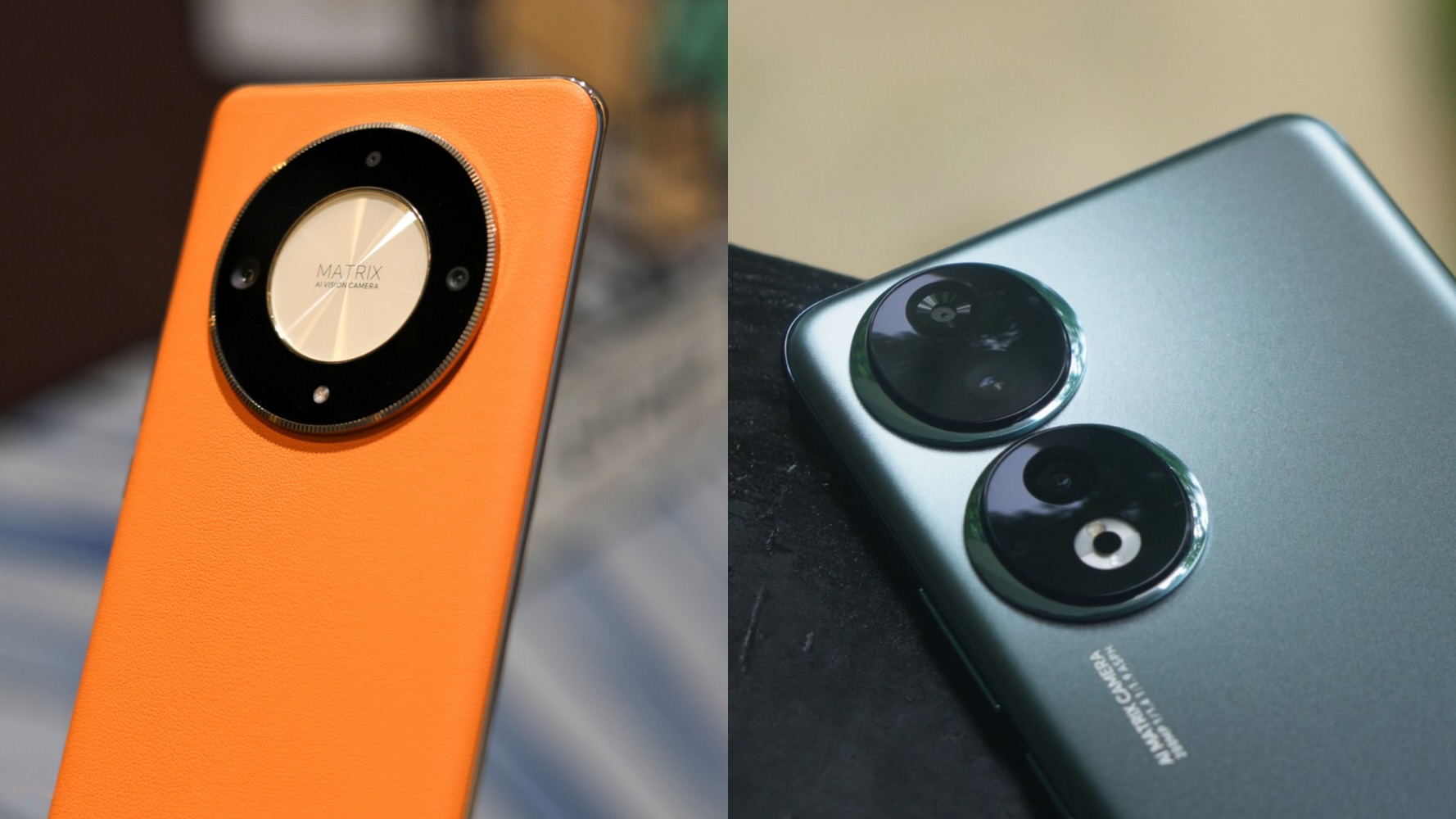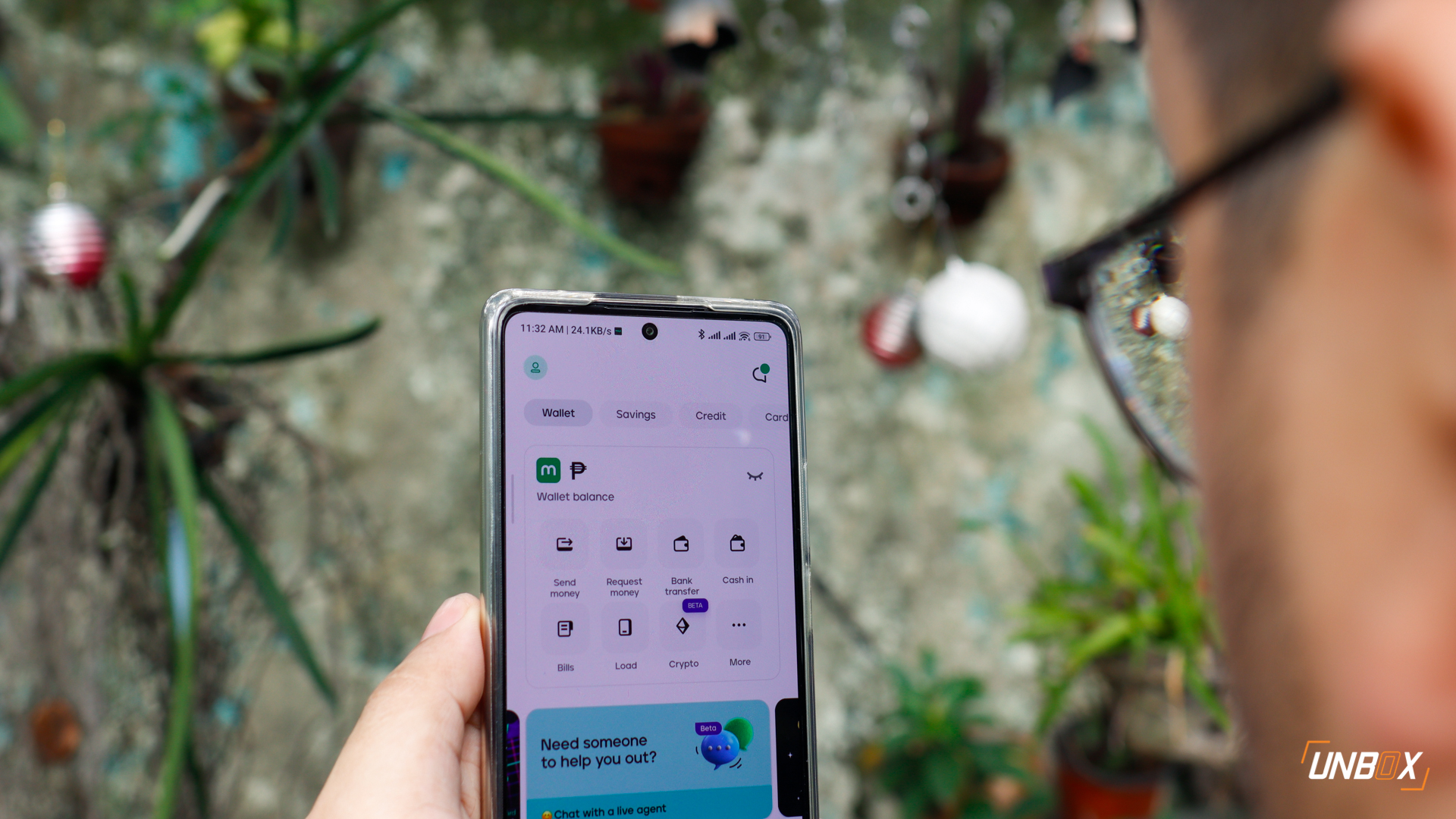
ASUS Fonepad Initial Review!
The ASUS Fonepad was announced together with the ASUS Padfone Infinity at a press event here at the Mobile World Congress in Barcelona, Spain. While the Padfone Infinity featured a phone transforming into a tablet, the Fonepad is a tablet that has telephony functions. In a way it’s the answer to some of the complaints of people with the Google Nexus 7. The ASUS Fonepad, unlike the Nexus 7, lets you make calls but be sure to use a bluetooth headset lest you look like a total buffoon. The Fonepad also has expandable storage via microSD, a rear-facing camera, and runs on an Intel Atom processor. With all of those features it’s still competitively priced at just $249 or roughly Php10,000-Php10,500. We had a couple of minutes with it at the ASUS showroom at the Mobile World Congress. Read on for our initial review.
ASUS Fonepad Spec Sheet
- Intel Atom Z2420 1.2GHz Processor
- PowerVR SGX540 GPU
- 1GB RAM
- 8GB or 16GB internal storage, expandable via microSD up to 32GB
- 7-inches LED backlit IPS display, 1280 x 800 resolution
- 3-megapixel rear-facing camera with auto-focus
- 1.2-megapixel front facing camera
- WiFi b/g/n, Bluetooth 3.0, GPS with GLONASS, 3G and HSPA+ Connectivity
- Android 4.1 Jelly Bean
- 4270mAh Battery
- Telephone functions (SMS, calls)
- Comes in Titanium Gray or Champagne Gold
Looks like a Nexus 7 but with a sezzier back

There are no surprises with the design for the Fonepad. The front looks like most 7-inch tablets in the market today save for the better display quality thanks to the 1280 x 800 resolution. There are no physical buttons at the front as most of them are on the sides and the top of the device. At the back you’ll find a brushed metal finish (not sure if aluminum) giving it a more classy and cool profile. At the top is a plastic strip which you can push upwards with both fingers to reveal the slots for the micro SIM and micro SD cards. Over-all the Fonepad maintains a slim profile, measuring over 10.4mm thick which isn’t bad considering Android tablet standards. It also isn’t that heavy making it comfortable to use with one hand for extended periods of time but it does have a slight heft to it at 340g.
Here are some photos in different POVs for your appreciation.




Software Check
We only had a few minutes so we weren’t really able to do a lot of stuff with the ASUS Fonepad. We can say though that despite having just a single-core processor, the Intel ATOM CPU delivers a zippy and smooth Android Jelly Bean experience. We’d definitely love to get the chance to run all the benchmark tests on this so we can get a quantitative look at how the Fonepad performs compared to other Android devices.
Has a lot of potential, we’d love to review it

So what’s our verdict? Obviously we can’t give a solid one yet. We can say though that the Fonepad has potential and we’d love to put it through the paces so we can get a more comprehensive look at what it can actually do. ^^;
Paging ASUS Philippines! 😛


















